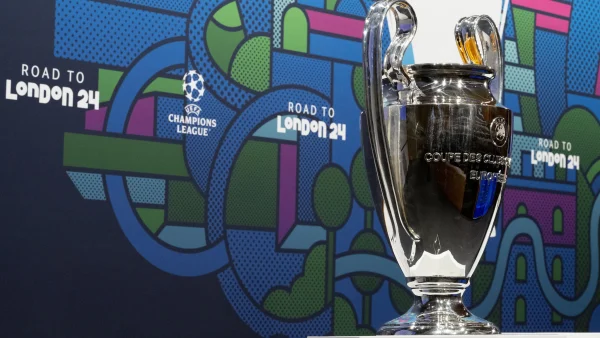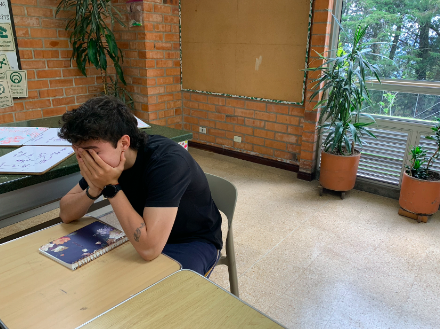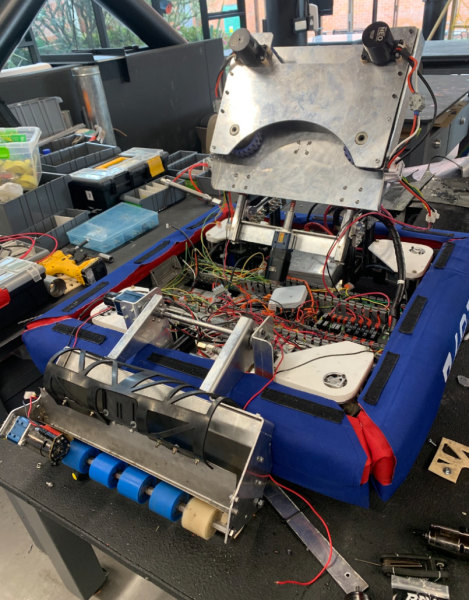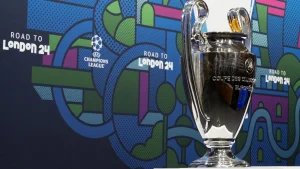The Haunting Asphalt of Las Palmas
Imagine yourself on a cold, rainy, March morning, all pumped up and ready for an extensive day of learning, only to find yourself in the middle of a mountain, stuck in a road that isn’t permitted to move due to a car accident, which in some cases are lethal, turning your whole day around by giving you a miserable attitude to continue with what now seems an endless day.
As a vast majority of The Columbus School students live in the bottom of the Aburra Valley, meaning this is the most common route to go to school. Frequent crashes, inconsistencies on the road, Medellin’s tropical and unpredictable weather, and inexperienced drivers are some of the factors that cause insecurity and fear on the eyes of the community. These factors are also considerable causes of immense traffic jams and other problem that make Las Palmas such a tedious route to take and has massive impacts in the lives of TCS students.
“At least three of the five days we are required to come there is an absurd amount of traffic arriving the school entrance,” 11th grader, Emiliano Montoya, said.
As a driver myself it is easy to see a huge amount of inexperienced drivers in Medellin that make driving more dangerous than it already is. This happens because of the laziness Colombians have when it comes to completing any prolonged task. People often pay the teaching centers to allow them to skip the theoretical part of driving, and sometimes even the whole driving lesson. Just about two years ago 97 teaching centers had to be closed by mobility secretary, because they didn’t follow the specifications left by the law.
According to the General Manager of the Automobilistic Club of Colombia, Alfredo Albornoz, “People do not understand that a vehicle is a potential weapon, that if it does not handle well it can cause harm to itself and to third parties. Twenty practical hours is the minimum time for a person to at least understand this responsibility and react to unforeseen events.” Colombian corruption allows people to get away with not having those 20 hours of practice and they are then let loose to act freely around public space of Medellin.
People also always act with such an entitlement and thinking only about their personal benefit they completely ignore the rest of the world that surrounds them. Colombian drivers in general are always in an exaggerated rush, when in such a rush people don’t take into consideration all of the important factors you need to notice when driving, for example the state of the road, other cars and drivers.
By ignoring all of these factors these drivers are increasing their already high chances of crashing.Which can also lead them to taking some idiotic decisions and making even more foolish mistakes, like switching lanes without precaution, driving over the speed limit and skipping traffic lights.Unfortunately Colombian law isn’t able to pay some attention towards this and won’t act against it in any way, making the problem present for the future.
With Llanogrande and Rionegro leaving a mark in Medellin’s economic system, businesses haven’t hesitated at all to plant their shops there. This means that employees and customers must find routes to get to their jobs and their desired products. Not only industries move up the mountain, regular families do as well. This places have come to the interest of many TCS families, and even though the students don’t find themselves really affected by the traffic of Las Palmas their parents are.
The main impact TCS students have is towards their academic life. When Palmas has traffic the majority of the students will find themselves stuck in it, leaving classrooms nearly empty.This doesn’t permit teachers to start the lesson on time, meaning sometimes they will have an incomplete class and will need part of the next class to finish.Teachers will end up piling work up and having to fit more stuff into an already packed and tight curriculum.
“Teachers get mad when they have to mess with their curriculum and change the structure of their class,” 11th grader, Nicolas Vergara said.
Not only do teachers are affected but also students.When students miss the directions for an assignment, they are forced to interrupt their classmates for an explanation.The most drastic case is when students miss valuable class time for an exam.Depending on the teacher will the students will have time to make up or not.
Even though this problem is not consistent enough to take drastic decisions on how the school schedule should be structured, it is an unpredictable event and when it comes it has such a huge impact that maybe those decisions should be taken.This ever going problem will leave us with just one question, how far does it have to go for the school to take a risk towards an efficient solution?

























